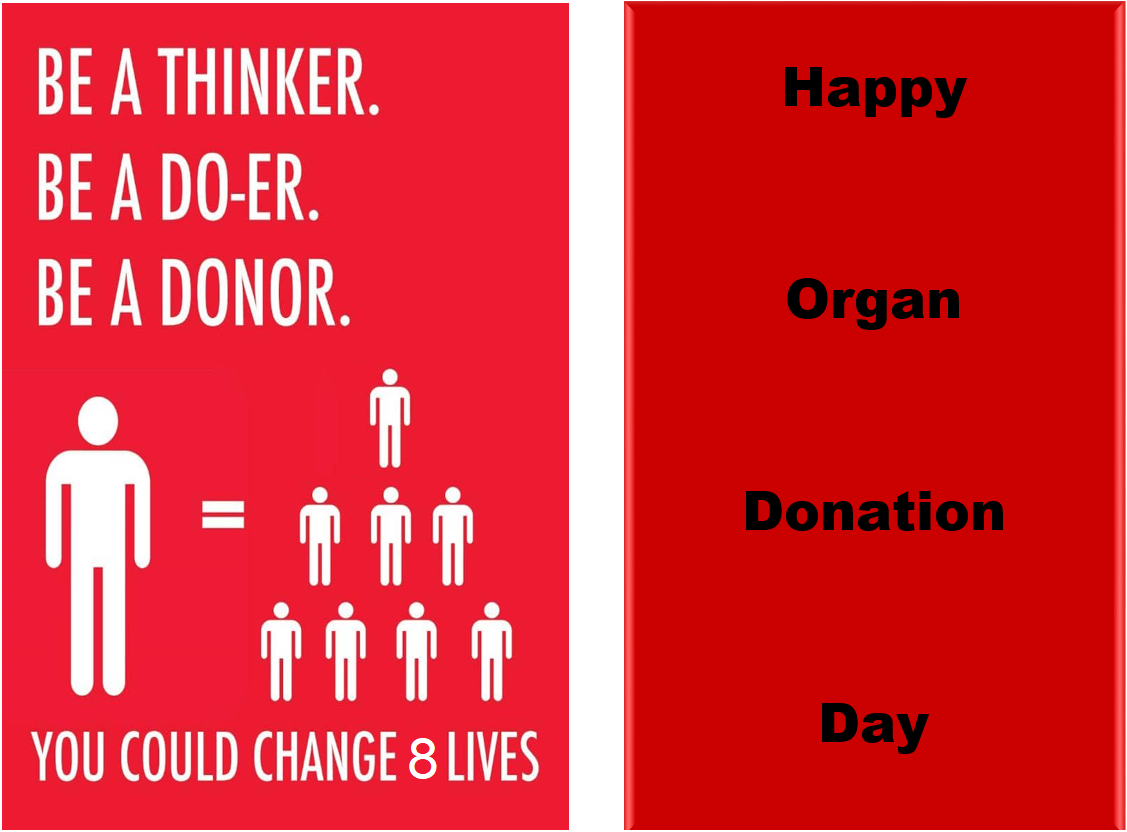
اهدای زندگی Life Donation
به نام خدا، مطالبی راجع به اهدای عضو-اهدای سلولهای بنیادی-اهدای خون-اهدای پلاکت-اهدای پلاسما با همکاری کانون اهدای زندگی دانشگاه بناب--- آدرس صفحه اینستاگرام: ehda.zendeghi@
اهدای زندگی Life Donation
به نام خدا، مطالبی راجع به اهدای عضو-اهدای سلولهای بنیادی-اهدای خون-اهدای پلاکت-اهدای پلاسما با همکاری کانون اهدای زندگی دانشگاه بناب--- آدرس صفحه اینستاگرام: ehda.zendeghi@Each of us can become an organ donation ambassador
According to the reporter of the Young Journalists Club of Tabriz, Farhad Choopani had suffered brain death 18 days ago due to an accident and in a godly act and with the consent of his family, five organs of his body were donated to kidney, heart and liver patients and gave them a second life, the body of this young man was buried today in his hometown of Yingjeh village of Azarshahr. (Publishdate: November 4, 2020)
The effect of the brain-dead family's awareness of the difference between brain death and coma is important for organ donation satisfaction:
Unlike a coma, there is no way for a person who has died of brain death due to brain and stem death to recover. To confirm brain death, neurosurgeons, internal medicine and anesthesiology specialists are invited separately to visit the patient and confirm or deny the brain death to the donor. These specialists are selected directly from the ministry without the intervention of a single unit. Unfortunately, many relatives of the brain dead person, due to lack of necessary knowledge, think that their loved one will return like a comatose person, but it is a misconception! Within a few weeks, the complete death of the person will lead to brain death.
One of the reasons some families are reluctant to donate their beloved brain-dead organ is to deny brain death. Because they think that when their loved one moves his chest, he is alive! While they do not realize that their loved one's heart is beating due to artificial respiration, they do not know that after several days during the production of toxins in the body, the heart of the brain dead person will definitely stop moving.
Therefore, each of us can become an organ donation ambassador by registering an organ donation card and talking about this issue in the family and friends, and provide the role of creating awareness of families about the difference between brain death and coma.
With a good health wish
Thank you for trying to save a human life
Translator : Javad Eynaki Maleki
Happy Organ Donation Day

Organ and tissue transplantation have a long history in Iran. Some researchers believe that Avicenna was the first to suture nerves together.
However, organ transplantation using modern methods and technologies goes back to 1930s. Registered data from Iran shows an acceptable progressing trend in the quantity and quality of various types of organ and tissue transplantation in Iran over recent decades. For instance, Iran has one of the most successful kidney transplantation programs in the region, along with various attempts of policy-makers in order to provide preventive approaches for end-stage renal diseases, distribute dialysis equipment, and enhance cadaveric organ donation.
Organ transplantation is a new issue in medical science. It is an important achievement and a sign of the progression and ability of medical centers around the world. Governments, populations, the medical community and people involved in culture, art, and media all have a decisive role in the culture of organ donation, which is the only way to guarantee that the healthy organs of a brain-dead person can continue to work and save the lives of people in need of organ transplantation. The brain death phenomenon and its possible application in organ transplantation, while offering new hope for the salvation of a number of patients, has led to many ethical, cultural, and legal issues. Ethical issues in organ transplantation are very complicated due to many social factors such as religion, culture, and traditions of the affected communities. The ethical and legal points of removing organs from the body of a living or cadaveric source, the definition of brain death, the moral and legal conditions of the donor and the recipient, and the financial relationship between them and many others, are all critical issues in organ transplantation. While there may be no available explicit solution to these issues, they should be rigorously considered by the experts. Efforts to systematically eliminate barriers and solve problems in organ transplantation, can not only reduce the costs of maintaining brain-dead patients and encourage patients that need organ transplantation but can also prevent immoral and illegal activities.
Javad eynaki maleki
Types of cord blood storage banks
There are two types of cord blood storage banks:
Public Bank: For Public Use (Unrelated)
In this method, the donated cord blood is stored for the general consumption of the patients and not only for the consumption of themselves and the donor's family, and therefore no cost is received from the cord blood donor.
Private Bank: For Private Use (Relative)
In this method, the cost of collection, storage, processing and maintenance is paid by the family, so the sample is kept for the family itself.
Ref : https://www.rsct.ir/en

Image Ref: https://www.closerlookatstemcells.org
Thank you for trying to save a human life
Translator : Javad Eynaki Maleki
All about brain death-The need to create a culture for organ donation (in brain death cases)
The need to create a culture for organ donation
